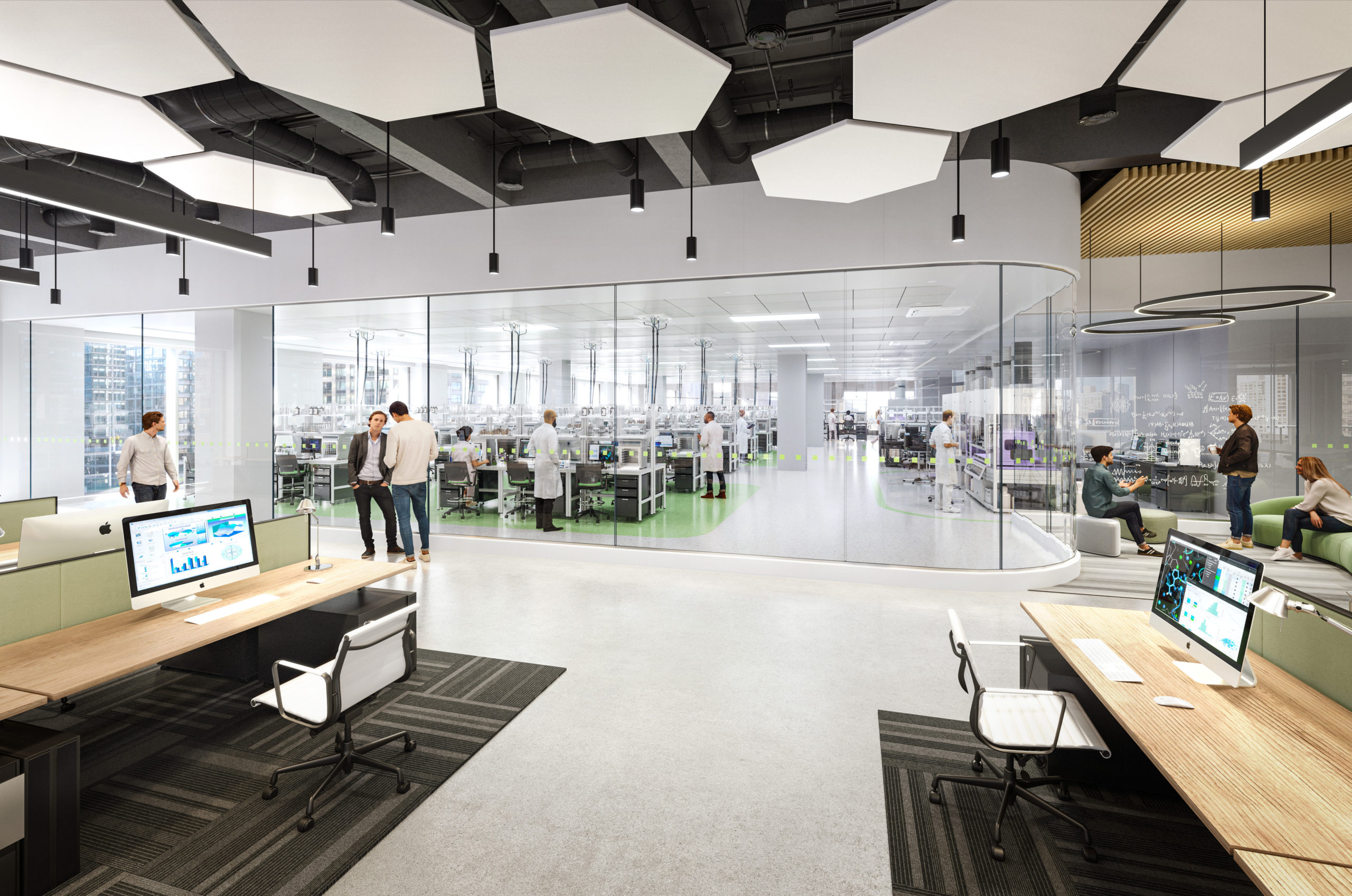Life sciences play a particularly critical role in the post-pandemic landscape, with industry professionals and experts working tirelessly to keep us and our environment healthy and ensure that we are protected against future threats. The life sciences industry is responsible for heralding some of today’s most innovative infrastructure improvements, many of which move on to become implemented across other asset classes as well. This is particularly true in areas like New York metropolitan area, which is the home of some of the country’s most exciting life sciences developments in recent years.
This is particularly due to the requirements that this region meets in terms of creating an ecosystem where the industry can thrive. The metropolitan area’s lab and office space inventory, talent pool, level of investment, and number of start-ups and legacy companies all coalesce to create a prime environment for nurturing the life sciences and providing vital resources. This is also why the region has been at the forefront of leading the country through the Covid-19 health crisis and why it continues to be such an attractive destination for new graduates, industry professionals, and bioscience companies of all sizes.
Providing Spaces to Grow and Thrive
The NYC Metro currently has over 26M square feet of lab space and more than 5.6M square feet under construction, with NYC itself housing eight incubator spaces for life sciences start-ups. Properties such as Taconic Partners’ West End Labs and Hudson Research Center are just two examples of these, creating spaces for start-ups and mid-sized companies to expand alongside room for existing large companies to utilize their resources to their greatest potential. In addition to this, New York’s zoning laws create unique opportunities for developers to adapt existing industrial and commercial assets into lab suites as well, making it considerably simpler for those interested to create new spaces without undergoing lengthy construction processes.
These collaboratively designed spaces have the added benefit of fostering interactions between companies and researchers, which is a particularly critical factor for the life sciences. Unlike many other industries, where sharing too much information can be detrimental to success, the success of the life sciences greatly depends on the ability to share information and breakthroughs. As a result, creating lab suites that present companies of varying sizes and tech abilities with opportunities to learn from one another is a significant part of what draws these companies to the NYC Metro.
The Nation’s Most Promising Talent Pipeline
Regarding the talent pipeline, the NYC Metro also produces more life sciences graduates than any other leading metro at 2,700 annually. Of the 65 institutions across the region that offer life sciences programs, Columbia produces the most life sciences master’s graduates and Rutgers produces the most life sciences undergraduates, at approximately 200 and 430 respectively. New York City alone produced more than 1,700 life sciences Ph.D. graduates between 2016 and 2020, making it a clear standout on a national level. During that time span, the NYC Metro outperformed Los Angeles, Boston, and San Francisco, helping to create a talent pipeline that will continue to support and expand the region’s life sciences impact in the coming years.
A Shareholder Awakening
This influx of talent is being met with significant investment in the region as well. Among the most significant examples of this is 2016’s LifeSciNYC, an initiative to build and nurture the area’s talent pipeline, support nonprofit facilities to foster new research, and create more commercial lab space. 5 years into the LifeSciNYC’s 10-year commitment, the city doubled the $500K commitment to $1 billion, which will be used to create an anticipated further 10M square feet of lab space in the next 15 years. This is in addition to the State’s existing $620 million life sciences initiative, which will further grow the region’s life sciences economy.
The metro area was also the recipient of $4.1 billion in funding from the National Institute of Health last year, with institutions such as Columbia University and NYU’s School of Medicine being among the largest grant recipients. Across the metro region, over 2,100 grants were given to 96 other organizations at an average award size of $500,000. Examples of these include Stony Brook University’s $75 million and Yale University’s $550 million. Including start-ups as well, many of these organizations are now repeat recipients and contribute to the NYC Metro remaining one of the most funded in the nation.
Learning from the Past, Preparing for the Future
All of these factors contribute to the metropolitan area becoming the life sciences titan it is today as well as why it will continue to succeed and grow in the future. The availability of space–as well as the potential to create more–combined with significant public and private investment, a promising talent pipeline, and conduciveness to both existing and new businesses has long been a staple of what distinguishes this region from its peers, and the life sciences industry continues to be a shining example.

